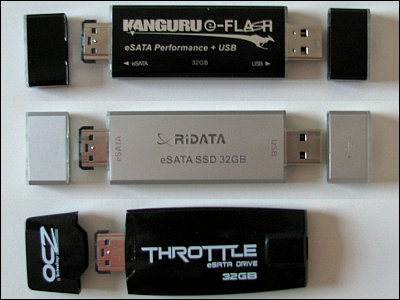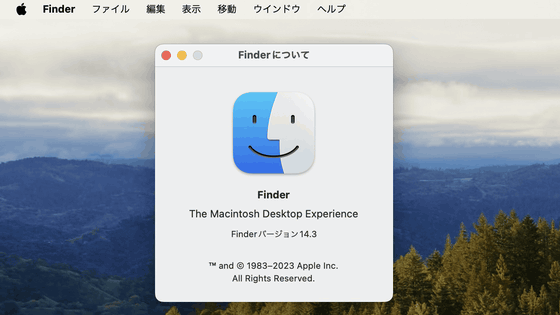By bundling 12 56K modems together, the fastest dial-up connection speed in the world was achieved: 668.8Kbps.

A fierce competitor has emerged who has achieved a download speed of 668.8 Kbps using
Enthusiasts bond twelve 56K modems together to set dial-up broadband records — a dozen screeching boxes achieve record 668 kbps download speeds | Tom's Hardware
https://www.tomshardware.com/networking/enthusiasts-bond-twelve-56k-dial-up-modems-together-to-set-dial-up-broadband-records-a-dozen-screeching-boxes-achieve-record-668-kbps-download-speeds
The first to achieve a download speed of 668.8 Kbps over a dial-up connection was The Serial Port on Technology Channel. This was achieved by using twelve 56K modems connected via multi-link PPP . As the name suggests, the 56K modem only provided a download speed of 56 Kbps.
Pushing Dial-up Modems Further Than We EVER Thought Possible - YouTube
The Federal Communications Commission (FCC), which regulates and oversees the US broadcasting and telecommunications industry, defines broadband as 'a download speed of 100 Mbps or more.' However, in 2000, broadband was defined as an internet connection with a much slower speed of 200 Kbps or more.
'Back then, downloading multimedia files like MP3s often meant waiting 10 to 20 minutes over a dial-up connection, so broadband was essential for online multimedia experiences like streaming video,' writes technology publication Tom's Hardware.
Multilink PPP was developed as a solution to speed up Internet connections before ISDN and ADSL became popular. As the name suggests, Multilink PPP combines the bandwidth of multiple modems to form a single logical communications pipe.
According to The Serial Port, some of the solutions that utilize multilink PPP include the Diamond Multimedia Shotgun, a PCI card with two onboard modems that can be connected via multilink PPP. However, Tom's Hardware points out that solutions that utilize multilink PPP, such as the Diamond Multimedia Shotgun, 'did not become widespread' because they required complex interactions with multiple lines and Internet service providers (ISPs).
Today, there are ISPs that support digital modems and the equipment needed to achieve this (Cisco VoIP gateways). The Serial Port team wanted to test the limits of multilink PPP. Since the multilink PPP standard doesn't specify a 'practical limit,' it's unclear exactly how fast download speeds can be achieved.
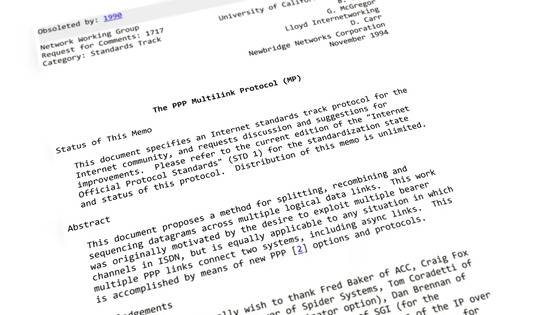
The Serial Port first connected two 56K modems via Multilink PPP using a 2001 Windows ME client PC, released just before broadband became widely available. Following this success, the team attempted to interconnect more 56K modems. To achieve this, they first changed the client PC to a 2004 IBM ThinkCentre (running Windows XP), which is more compatible with Multilink PPP.
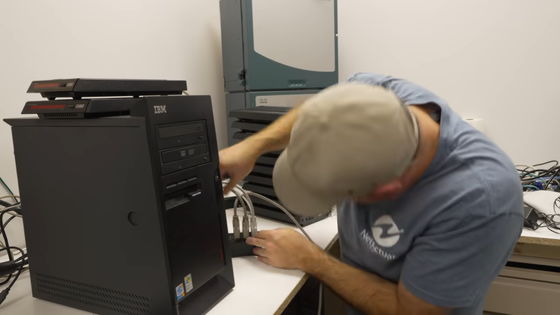
He then installed two serial port expansion cards identical to those installed in the IBM Think Center. However, the cards did not work because the COM port addresses were duplicated in Device Manager. Therefore, he used a second serial port expansion card from a different brand than the one installed in the IBM Think Center. This gave him a total of 13 ports, including the ports on the motherboard.
This allowed them to connect 12 56K modems, achieving an astounding download speed of 668.8Kbps over a dial-up connection. The download speed of 668.8Kbps allowed them to play YouTube videos. There was a slight delay, but
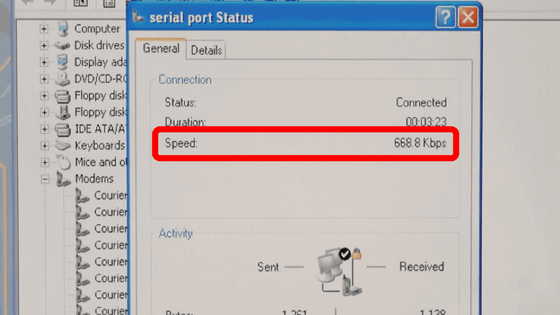
The Serial Port claims that they could not find any records of multilink PPP connecting more than four modems simultaneously, and that the download speed of 668.8 Kbps with 12 56K modems is likely a world record, but adds that the limits of multilink PPP have not yet been determined.
Related Posts:
